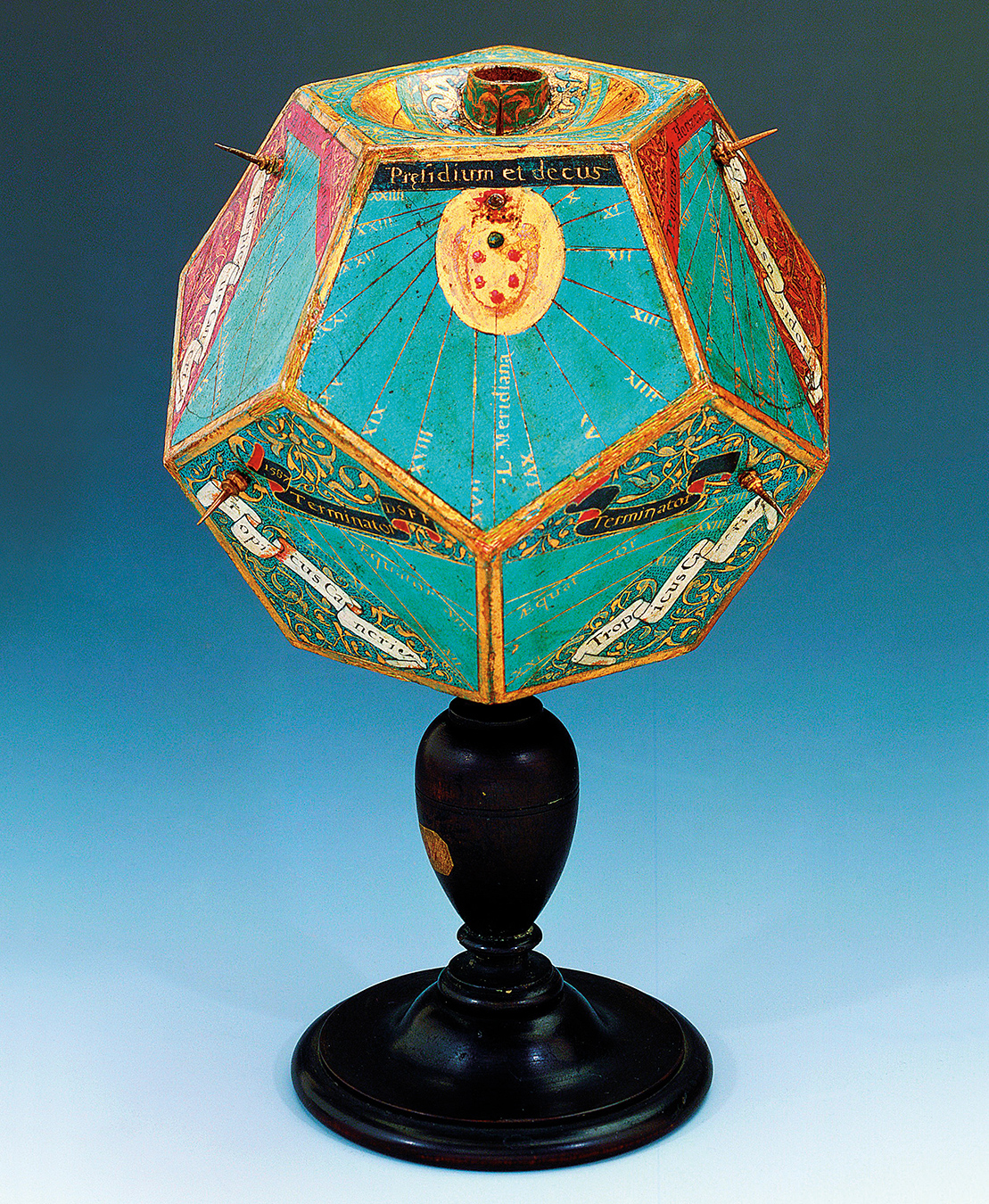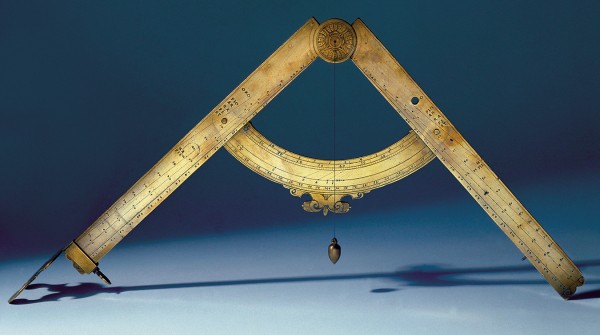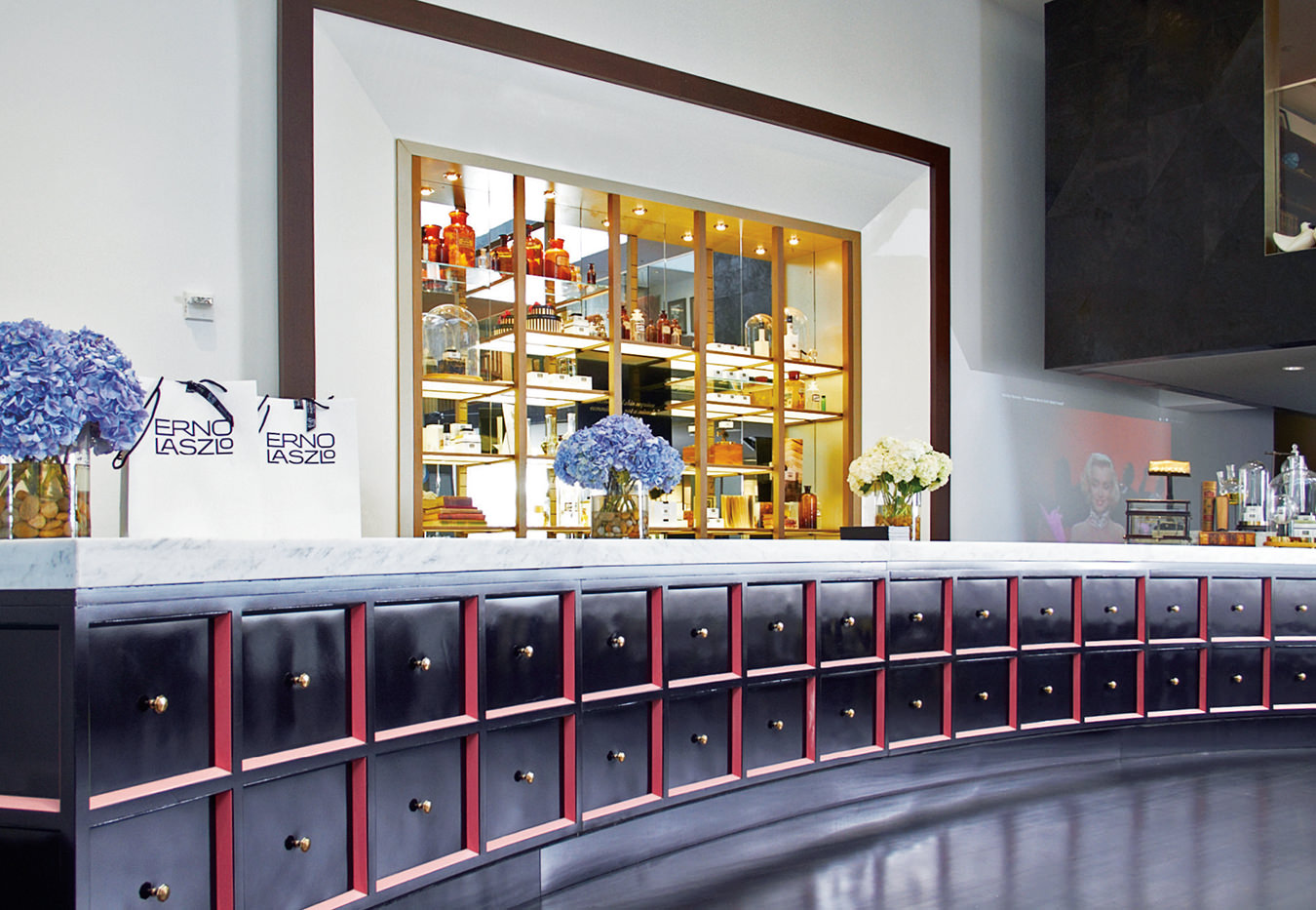Galileo, the Medici and the Age of Astronomy
The power of the human mind.

They say that what you see is what you get, but in the case of Galileo, it would be centuries before what we got was what he saw.
Armed with little more than a series of primitive, handmade telescopes, the great 16th-century scientist observed Jupiter’s satellites, Venus’s phases, and the moon’s craters. Most important, however, was that what Galileo saw convinced him that his predecessor, Copernicus, was correct: it was the Earth that revolved around the sun, not the other way around.
No one questions this now, but the consequences of his discovery placed Galileo in extreme danger. At the time, it was believed that—in accordance with Scripture—it was the Earth, not the sun, that sat at the centre of the universe. No surprise, then, that the Catholic Church put Galileo on trial for heresy, and could have condemned him to be burnt at the stake. Instead, he was sentenced to house arrest and spent the last decade of his life in his country villa in Arcetri, near Florence. He was also ordered to recant.
From April 4 to September 7, 2009, one of Galileo’s telescopes and a collection of historic artefacts from the Institute and Museum of the History of Science in Florence will go on display at Philadelphia’s venerable Franklin Institute Science Museum. The exhibition, “Galileo, the Medici and the Age of Astronomy”, only came about because the Tuscan institution that serves as the permanent home of the bulk of the objects must close for renovations. The 500-year-old building across the road from the River Arno no longer meets modern conservation standards. But Florence’s loss will be Philadelphia’s gain, at least temporarily. Never before have North American audiences been able to see these precious and hugely important objects without travelling to Italy.
To modern eyes, accustomed to technological marvels such as the Hubble Space Telescope, Galileo’s homemade device seems too small and fragile to have changed the world. With its textured red leather and decorative gilding, his telescope is a work of art as much as a scientific instrument.
“It altered our entire way of thinking,” explains Dr. Dennis Wint, president and CEO of the Franklin Institute. “It’s one of the most important stories in human history. We wanted to be able to tell it to more people. The exhibition will be the hub of a series of events—it will become a much bigger story than the exhibition. For example, the controversy between science and religion that Galileo faced is much the same kind of thing that we face with stem cell research in the U.S.”
The show also examines the relationship between Galileo and the powerful Medici clan, who ruled Florence, on and off, for several centuries. Galileo was among a number of scientists, philosophers, and artists who ended up on the payroll of the Medicis, who were able to keep Galileo from being consumed by the bonfires of the Catholic Church.
Though no single individual can be credited with launching the Renaissance, Galileo’s role cannot be overestimated. Even before 1609, when he made the observations that put the Earth in its proper place, the mere fact that Galileo pointed his telescope heavenward had changed humanity’s perception of its position within the universe.
The Church didn’t officially pardon Galileo until 1992, 350 years after his death in 1642. That’s when Pope John Paul II declared that the Earth did indeed orbit the sun. Better late than never, perhaps.
As the exhibition also makes clear, the dividing line between science and art in Galileo’s time was much more blurred than it is today. The 21st century sees the two fields as opposites—intuition versus observation—but from the point of view of the Renaissance, both were ways of understanding physical reality, the world beyond us.
“With Galileo, the Earth was no longer a celestial body,” explains Dr. Giorgio Strano, the curator of Florence’s Institute and Museum of the History of Science. “It was a terrestrial body.” Galileo extrapolated all this from images that were little more than indistinct abstract patterns. Even more incredibly, his telescopes, of which he made as many as 100, relied on ordinary—not optical—glass, which he ground himself.
On display with an impressive array of sextants, astrolabes, and more, Galileo’s telescope could almost be an afterthought. It barely looks strong enough to survive in the world it helped us to understand. In the end, “Galileo, the Medici and the Age of Astronomy” is more than a collection of scientific instruments, no matter how beautiful they are. Ultimately, it’s about the power of the human mind, which, as Galileo made clear, knows no limits.





